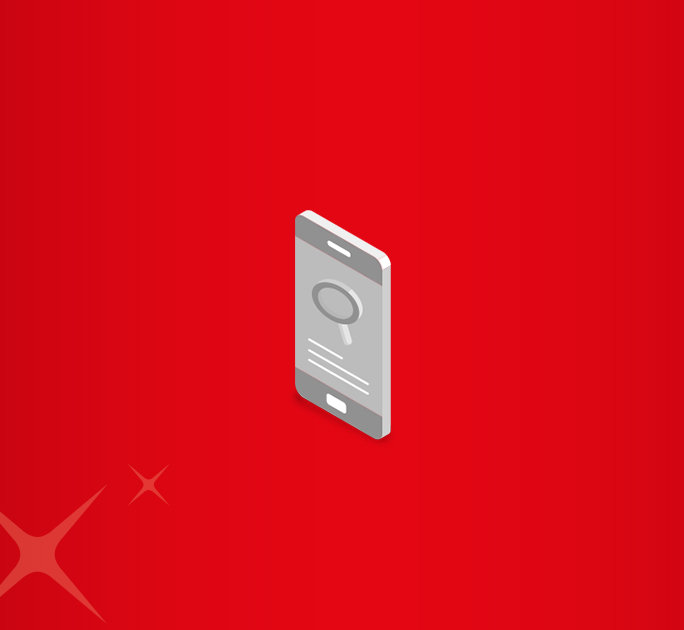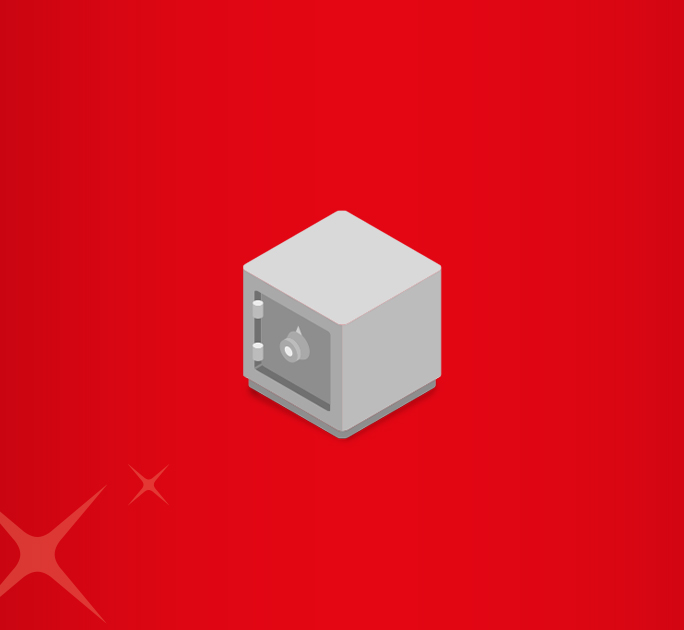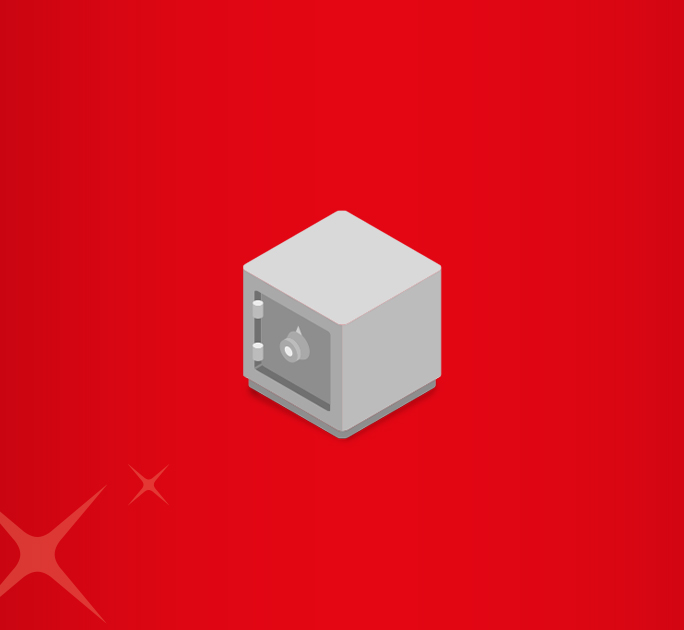- Save
- Invest
- Borrow
- Pay
- More
- NRI Banking
- Customer Services
Importance of Maintaining Minimum Balance in Savings Account
A savings account is a great way to store your money safely while earning interest. However, most banks require you to maintain a minimum balance in savings account to avoid penalty. This minimum balance varies depending on your bank, account type, location (urban or rural), and specific branch rules.
If your account balance dips below this threshold, the bank may charge you a fee. Understanding how this works can help you avoid unnecessary charges and manage your finances better.
Why Do Banks Charge for Low Balances?
Many banking services such as ATMs, mobile banking, and customer support come with operational costs. Banks need to pay staff, maintain infrastructure, and keep digital services running smoothly.
By requiring a minimum balance in bank, banks ensure that your account contributes to covering these costs. When your balance drops below the set minimum, banks apply a penalty to make up for the shortfall. It's a way to balance service costs with customer usage.
Types of Minimum Balance Requirements
Banks typically follow one of two models:
- Daily Minimum Balance: You’re required to maintain the specified amount in your account every single day.
- Monthly Average Balance (MAB): This takes the average of your daily balances over the month. For instance, the DBS Bank Savings Account uses the MAB system, offering more flexibility.
Understanding which type applies to your account helps you manage your funds more effectively.
How Monthly Average Balance (MAB) Is Calculated
Monthly Average Balance (MAB) is the average of your daily closing balances over a calendar month. It’s calculated using this formula:
MAB = Sum of daily closing balances ÷ Number of days in the month
This means you don’t need to maintain the full balance every day, if your average balance for the month meets the required amount, you’ll avoid penalties.
Also Read: How to Open a Savings Account
How to Check Your Minimum Balance Requirement
Avoiding penalty fees starts with knowing your minimum account balance requirement. Here are a few easy ways to find it:
- Bank’s Mobile App: Check the account details or balance information section. DBS Bank has a user-friendly digibank app for account holders.
- Official Website: Log in with your account details, to check your balance and other transactions. Refer schedule of charges on website to know Your Minimum Balance Requirement.
- SMS Banking: If your bank supports it, you can get updates via text.
- Customer Support or Branch Visit: Speak to a representative for accurate details.
Tips to Maintain Your Minimum Balance
Keeping your account above the required minimum balance doesn’t have to be difficult. Here are practical strategies, especially if your bank follows a Monthly Average Balance (MAB) system:
Enable Balance Alerts
Set up SMS or app notifications to alert you when your minimum balance in bank drops near the threshold.
Maintain a Buffer
Keep a small cushion above the required average minimum balance in savings account to cover any unexpected expenses or transfers.
Plan Withdrawals Strategically
If you anticipate large withdrawals, try to make them after maintaining a higher balance earlier in the month. This helps balance out any dips in your minimum balance.
Compare Regular vs Premium Savings Accounts
Banks often offer different account types with varying MAB requirements. If you're finding it hard to maintain your current balance, consider switching to a regular account with fewer features but more manageable terms.DBS Bank, for example, provides both regular and premium savings account options such as Growth Plus and Prime Savings Account.
Consider a Salary Account
If you're a salaried employee receiving payments through a registered employer, you may qualify for a salary account. These typically have no minimum account balance requirement while offering full-service features. It’s a practical way to avoid balance-related charges altogether.
Conclusion
Maintaining a minimum balance in your savings account is more than just following rules. It’s a smart way to avoid penalties and manage your finances confidently. Knowing your account’s requirements, staying alert, and using the right tools can make the process effortless.
The DBS Bank Savings Account offers competitive interest rates of up to 7% p.a and 250+ services through its digibank app to help you manage and grow your finances with ease.








